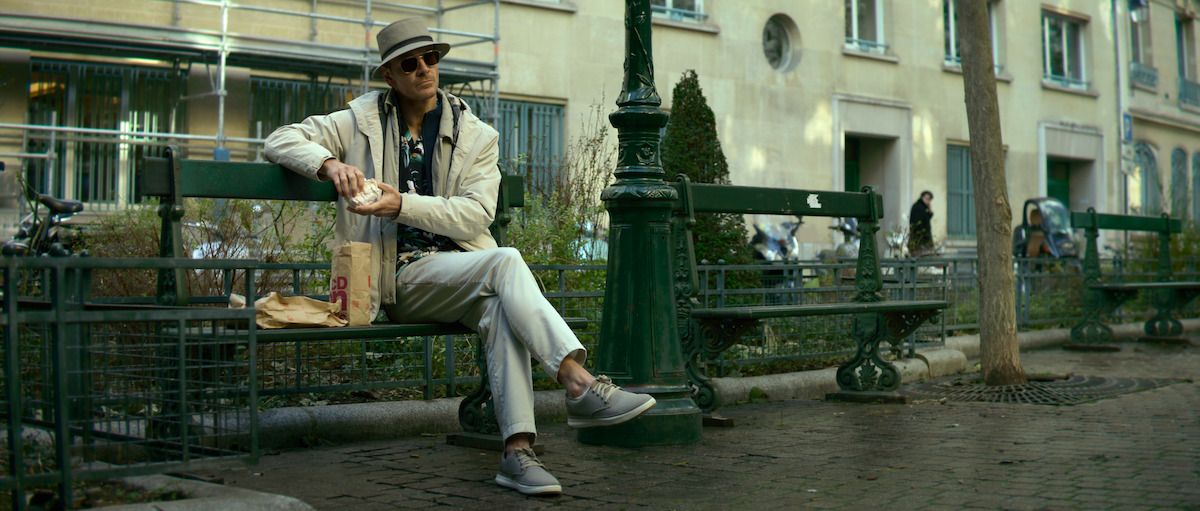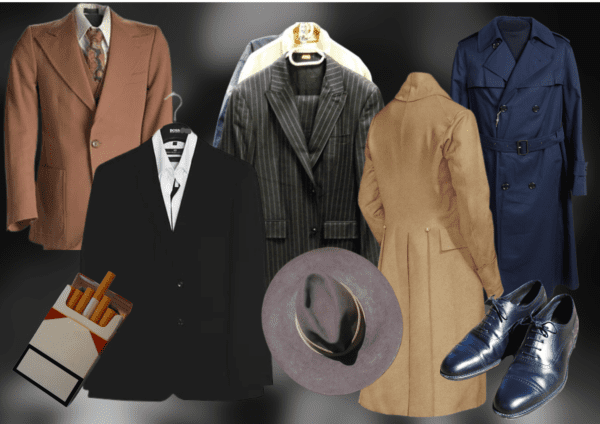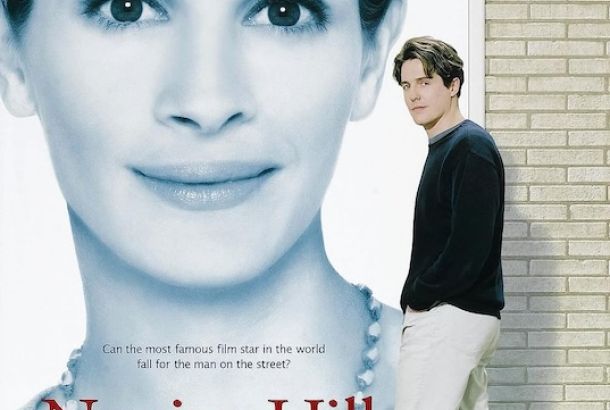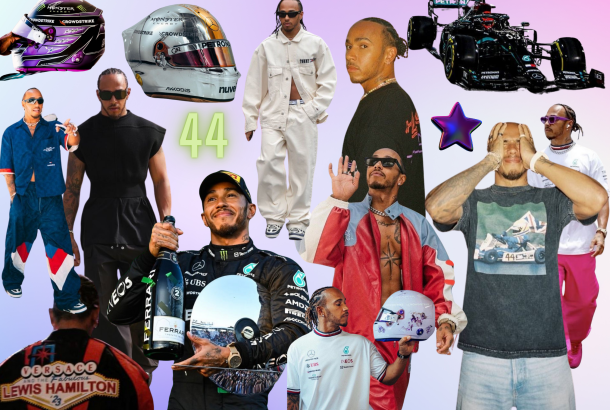David Fincher’s The Killer and the assassin aesthetic

Although drawing on the French graphic novel series of the same name, David Fincher’s new film The Killer largely crafts its own story as the director moulds the source material to align with his signature style. The film draws on ideas present throughout Fincher’s own filmography whilst also having many echoes in the hit-man films of the past. Nevertheless, by embracing modern tech and crafting simultaneously unique yet banal costumes, Michael Fassbender’s character credited simply as ‘The Killer’ establishes a new aesthetic of the assassin.
The Killer stands in a long lineage of assassin/hit-man films, with the genre dating back to at least the 1930s/40s. Fincher himself cites Jean-Pierre Melville’s 1967 film Le Samouraï as one of his key influences. Hitman Jef Costello (Alain Delon), like many others of the era, is very much in the vein of the ‘gentlemen detective’ style established in the film noir – he wears a trench coat and a semi-formal homburg hat over the top of a suave black suit. He even has a habit of adjusting his hat so it sits just right; it is not just the filmmakers who care about appearances but the protagonists too.
In the same year, Japanese provocateur Seijun Suzuki released Branded to Kill, a hit-man movie of a very different kind with an irreverent tone but which nevertheless has its protagonist dressed in a smart black suit. From John Woo’s 1989 thriller also titled The Killer to a more recent comedy such as Mr and Mrs Smith, the assassin looks the same. No matter the country or period, the killer wears a suit and inevitably gives off class as he hunts down his contracts. Even today’s most successful assassin franchise John Wick follows suit on this.

There is another easily categorised strand within the hit-man genre which we may call ‘the rugged killer’ – that is an assassin who is above style and is above all practical. The pragmatism of their actions is reflected in their brutish style. Think Denzel Washington in The Equalizer series, Brad Pitt in Killing Them Softly or Charles Bronson in 1972’s The Mechanic. Often characterised by dark colours and leather, they wear bomber jackets, plain beanies and overall functional clothing. Much like the suit-wearing protagonists previously described, they intend to exude a certain ‘cool’ attitude but unlike them, they are not classy or sophisticated.
Then comes David Fincher’s The Killer. Opening with a typically Fincher-style credits sequence, we are invited into a world of exacting style and preciseness. The phrase “Stick to your plan. Anticipate, don’t improvise,” is the much-repeated mantra of Fassbender’s killer and it is exactly the kind of thing you’d expect a cold-hearted assassin to say. Yet, the words emanate from a man dressed in a Hawaiian shirt, relaxed chinos, and a pair of high-street trainers. To quote the character, “My camo is based on a German tourist.”

He obsesses over his heart rate through the constant counter on his smartwatch yet listens to The Smiths on an old iPod Nano as he attempts to relax himself to be able to kill. Whilst he eats McDonalds, he talks about the food in terms of its protein value rather than its taste – recalling the monologue from Fight Club which waxes lyrical about IKEA and being a slave to consumerist capitalism.
Throughout the film, Fincher undermines the supposed seriousness of the plot, and more widely the genre, by making Fassbender appear as an everyman despite his profession. He does so through consistently name-checking brands but also by playing with archetypes, the chapters within the film demarcate them as such with names as vague as ‘The Brute’ and ‘The Expert’. One by one, ‘The Killer’ dispatches these archetypes by murdering their namesakes but equally these killings textually reinforce Fincher’s stylistic rejection of their genre conventions.
According to costume designer Cate Adams, Fincher “had mentioned ‘dad vibes’ early on.” To the film’s benefit, Fassbender’s everyday man lacks the almost admirable quality that his predecessors have. Despite the film’s rather slick editing, the character himself does not come across as particularly cool. Instead, he’s simply just a guy with another job, fed up by the system so much that he’s become dispassionate about pretty much everything.
‘The Killer’ utilises the possibilities of modern tech not just in his smartwatch and electronically locked motorcycle but also in his use of Amazon to ship key components to his plan. This becomes folded into Fincher’s overall aesthetic, aligning with his almost mechanical style which obsesses over the details – an ethos not so dissimilar to the ideals of the protagonist. Thus, despite the plot itself being a rather generic recycling of the genre’s tropes, through the costuming and Fincher’s exacting style which plays with archetypes, The Killer marks out a new vision of the assassin – one defined by the every day and the mundanity of the modern world.







